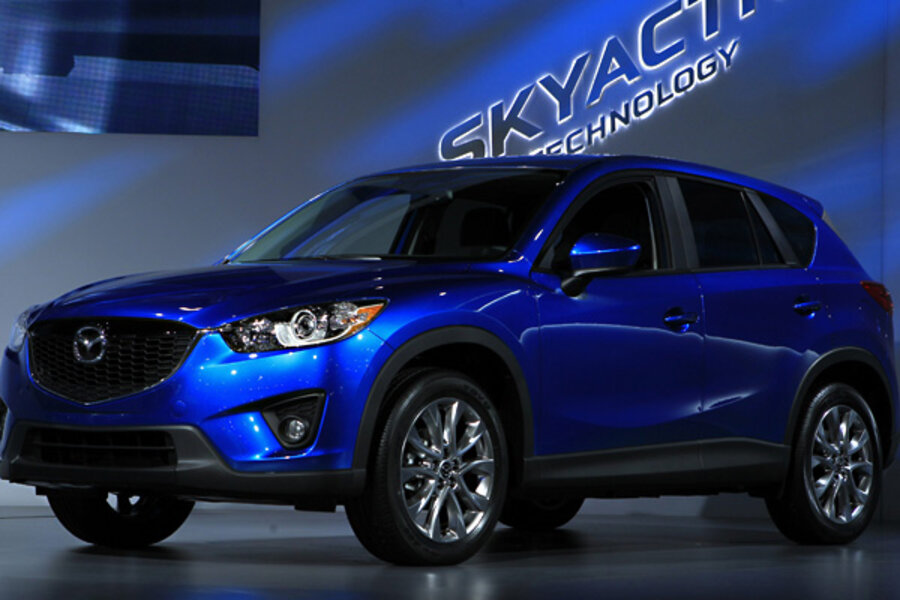Mazda cars losing weight? Try 220 pounds.
Loading...
While all automakers realise the benefits of making their cars lighter, it's only been relatively recently that some models have actually weighed less than their predecessors.
Demands for safety, equipment, larger engines, more comfort and more space have pushed vehicle weight up so far that some cars are fifty percent heavier than their equivalent from 20 years ago.
Mazda started reversing this trend several years ago, and now it's making a bold statement: it wants to eliminate 220 pounds of weight every time it re-designs one of its models.
That will obviously become increasingly difficult with each new generation, but it's a realistic proposition for at least the next couple, and Mazda sees it as an important step in meeting fuel economy and emissions regulations.
Speaking with Automotive News, Mazda vehicle development engineer Dave Coleman explained that Mazda "focused so much on the low-hanging fruit that we still have a lot of room."
That suggests that Mazda's current techniques, such as ensuring every nut and bolt it a little lighter than before, and preventing weight from climbing too much--the MX-5 Miata sports car has only increased around 15 percent in over two decades, much less than the norm--are only the start.
Use of high-strength steel, and using less steel where strength isn't an issue, is another technique Mazda has used and will continue to use to reduce weight.
Vehicle downsizing may be another option. The current Mazda2 is smaller and over 200 pounds lighter than its predecessor, which wasn't sold in the U.S.
Materials technology may also play a part. The MX-5 has always used an aluminum hood to ensure a large, usually-heavy part weighs less, and it's possible that aluminum and carbon fiber will play a larger part, as more widespread use brings down the cost. BMW agrees, and is set to use more aluminum in future models.
As we already know, reducing weight is a virtuous circle too, enabling manufacturers to fit smaller, lighter, more economical engines without sacrificing the performance that buyers desire.
Mazda may not be able to keep up the 220-pound fat-fighting for too long, but you can be sure that the next generation of Mazdas will be considerably lighter than the last.







